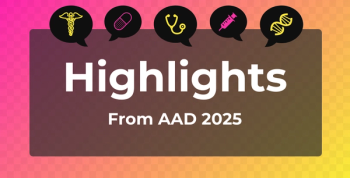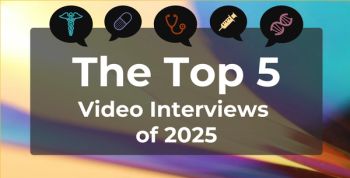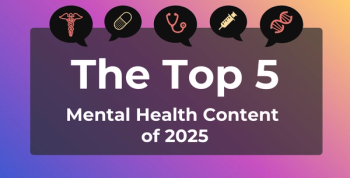
Leveraging AI to Reduce Breast Cancer Risk
Mikael Eriksson, PhD, epidemiologist at Karolinska Institute in Sweden, discusses the development and implementation of an artificial intelligence (AI) model to reduce bias and improve breast cancer prevention.
Mikael Eriksson, PhD, epidemiologist at Karolinska Institute in Sweden, explains how to reduce bias within artificial intelligence (AI) models using large data sets that can help prevent
Eriksson presented a long-term image-derived AI risk model for primary prevention of breast cancer at the
This transcript has been lightly edited for clarity.
Transcript
What steps were taken to mitigate potential biases in the AI model, such as algorithmic bias or data bias?
The biggest problem with the AI models is that they can learn very well but they can also start to learn the specific type of image data that are using it. The images, for instance, that are particular to that brand, the AI can start to learn that pattern so we need to have a big mix of data from different vendors, different screening routines, different caregivers, different countries, and different ethnicities.
When we have this very rich data set, then we can lower the bias of the AI learning specific features for one specific setting and it really captures the causal relationship between the image features and the outcome of breast cancer.
How do you envision the integration of this AI model into routine clinical practice?
Yeah, so we have a typical phase. We start by developing the model and that is done in retrospective data and as we are epidemiologists, we are very keen on having large data sets and that coincides very well with AI because it really needs large data sets. Then we go into the prospective setting where we test the data for completely new scenarios that the AI has not been seen before.
Then we come into the clinical trials where we really, in the best possible way, can randomize women into different arms and then test the AI model in the best possible ways. After that comes the potential clinical approval of the model.
Newsletter
Stay ahead of policy, cost, and value—subscribe to AJMC for expert insights at the intersection of clinical care and health economics.







































